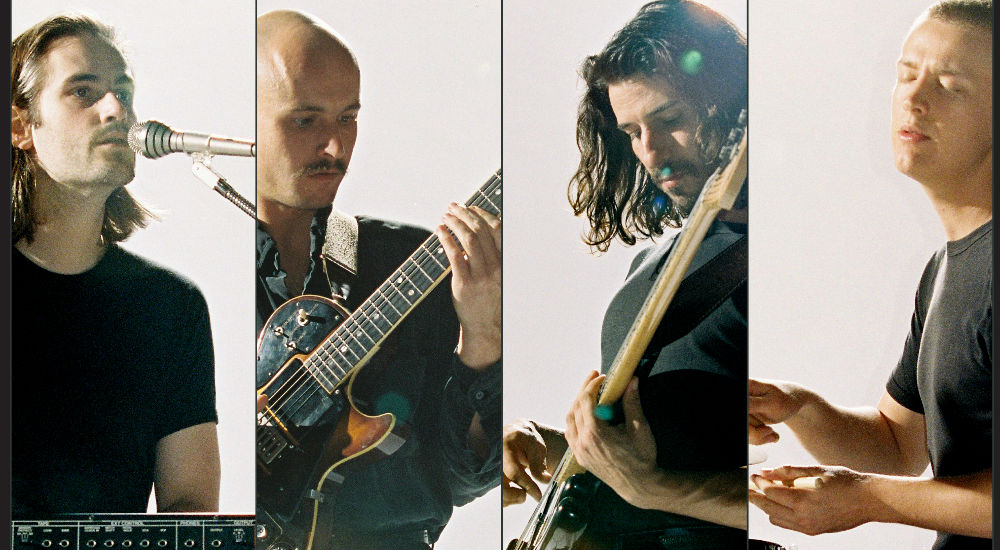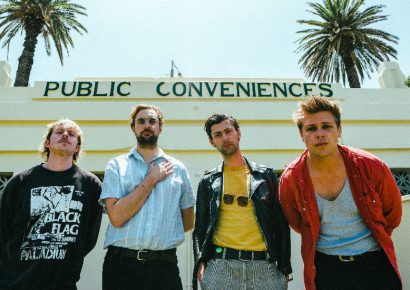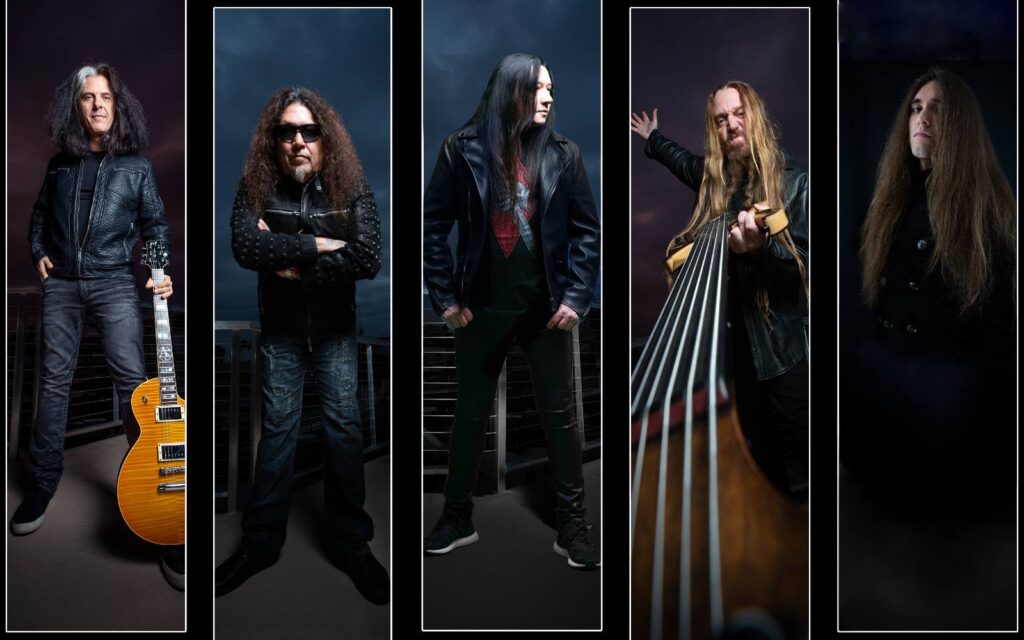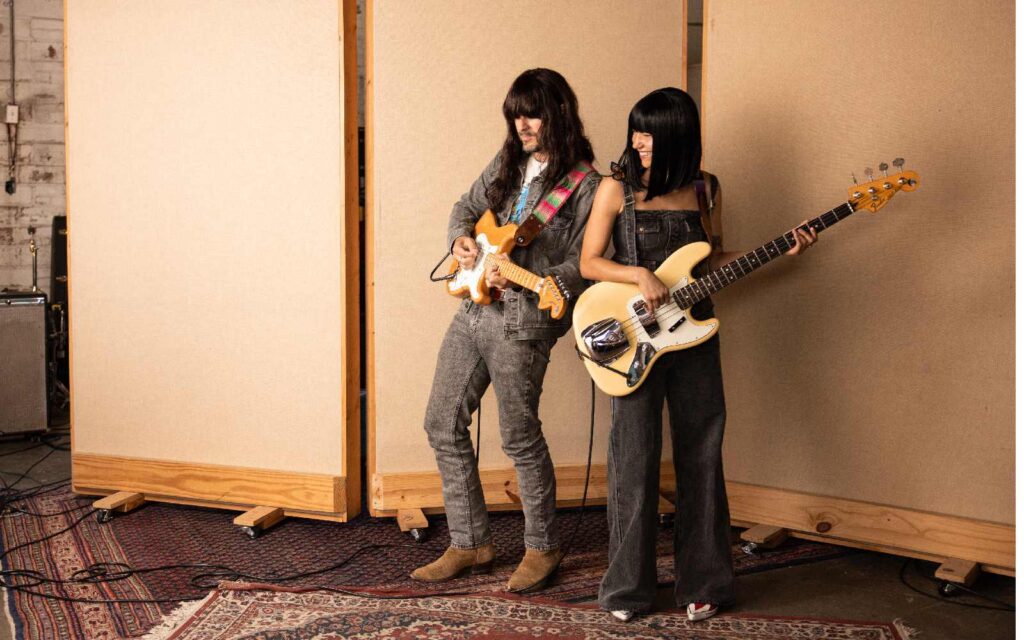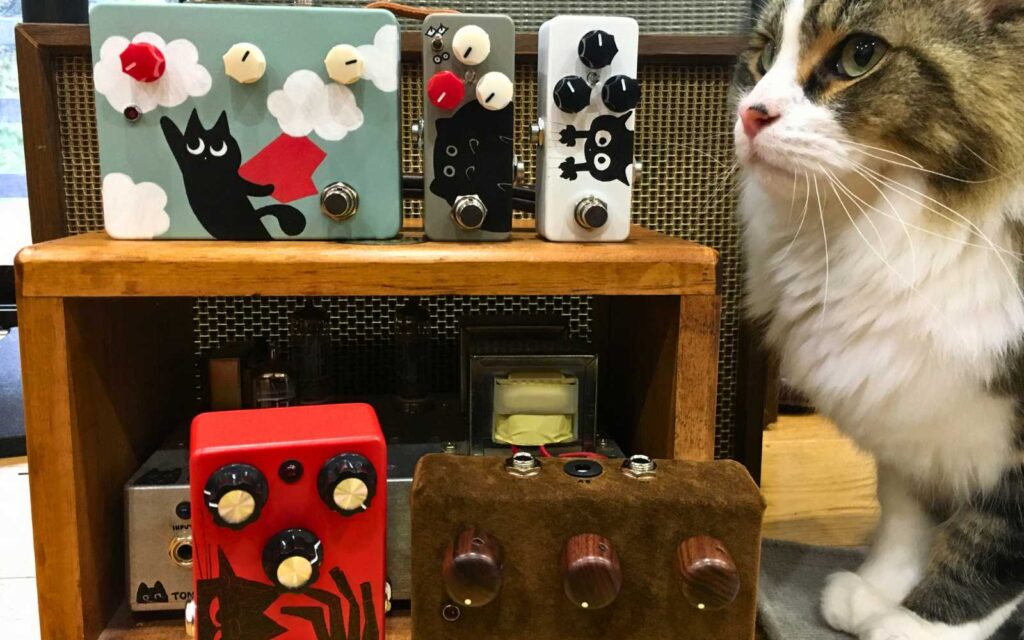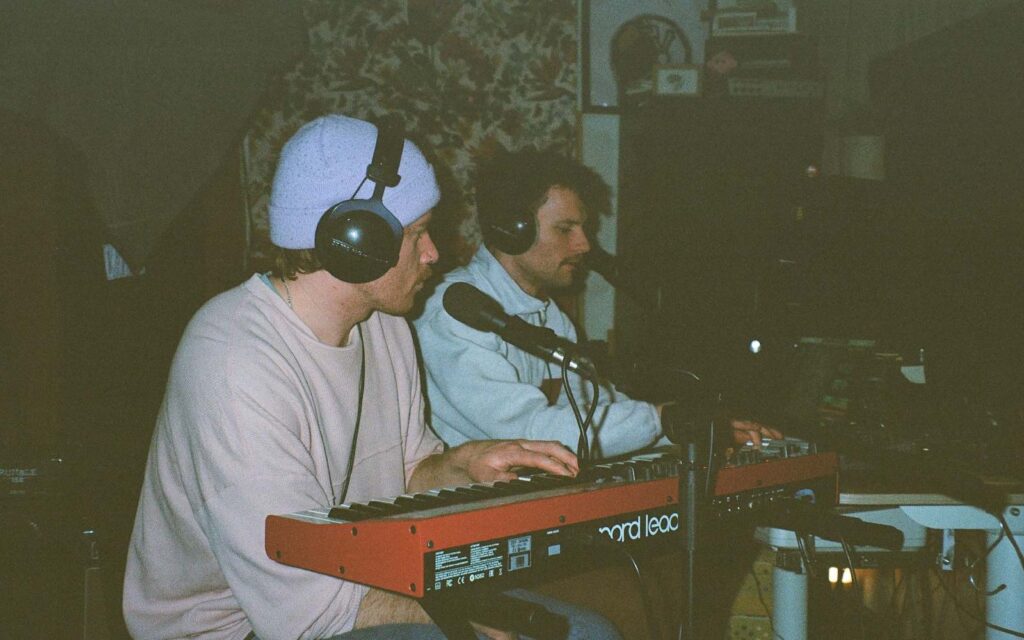Now, two years on and in a world that couldn’t be further removed from the one that birthed Phase, Mildlife are gearing up to release their highly anticipated follow-up effort, Automatic: a densely textured, wonderfully cinematic record that’s as heavy on the groove as it is easy on the ears.
Automatic sees Mildlife explore adventurous new sonic territories while sticking firmly within the parameters of what made the group a cult sensation in the first place: it’s more psychedelic, more symbiotic, more ambitious and arguably, even features more virtuosic moments from its instrumentalists than its predecessor did. In short – it’s one hell of record.
With the band’s new LP arriving into the world via Inertia Music on Friday September 18, we spoke with Mildlife from lockdown in Melbourne to find out all about the sounds that inspired Automatic, as well as the band’s musical backgrounds, the magic of improvisation, the gear heard across the record and beyond.
Hi guys, it’s a pleasure to be able to interview you all and chat Automatic. Could you tell us a bit about your musical backgrounds prior to the formation of Mildlife?
Tom: Thanks for thinking of us. It’s obviously quite hard for us in Melbourne to play any live music at the moment, so it might be a good time to talk about it instead.
Kevin, Adam and I have been friends for a very long time and music has always been a huge part of our lives. The music we have listened to and created together over these years has taken many different forms. It’s evolved (and devolved) naturally over time so it’s difficult to say when Mildlife officially started.
Our drummer Jim joined us when we began writing this record to fill the large shoes (physically and metaphorically) that our previous drummer had. Fortunately for us, Jim has incredibly huge feet (only metaphorically) and he has and will continue to be monumental for us. I never studied music myself but the other guys all went to VCA with a focus on Improvisation.
I find your music to be a fascinating amalgamation of a variety of genres, techniques and production styles – what inspired you to strive for a sound on this album that’s so left-field yet so sonically pleasing?
Jim: The sound of the music is a major consideration for us, going as far back as the creation process, so it’s not as though we wait until mixdown to dial in a certain tone. I think we’re quite concerned with the material ageing well and we’re pretty careful to not consciously replicate something that’s currently happening in music. We definitely aim to capture the sound of us as a band as best we can.
One thing I find interesting about the creative process is some artists’ propensity towards perfectionism and attention to detail. Someone like Kevin Parker, for instance, has spoken openly about the challenges that come with perfecting takes, songs and records. To what extent does this play a role in your own creative process, whether it be writing, recording, or producing?
Jim: By the time we’re tracking a song, it’s already pretty ‘played in’ since we write together as a band – jamming in a room, rehearsing it over and over. I suppose one of the differences in a lot modern music is that artists (especially solo artists) often write and record simultaneously – which is cool, but not really how we do it.
We’re constantly demoing songs in an effort to knock them into better shape, though – so most of the creative challenge is during that part of the process. By the time we record, the focus shifts to production and pulling the best sound / getting the best take. For us we can usually agree unanimously on whether the energy of a take was right or not.
What is the typical writing process for the band? Does one of you come up with an idea, bring it to the rest of the band and you take it from there? Or is it more of a collectivised process whereby the ideas arise from jam sessions and/or moments of spontaneity?
Jim: Most of the time our best ideas come from a long jam session that we’ll record, play back and pick apart for moments that felt special. We tend to just repeat that process until we’re satisfied with what’s left. We might get three or four demos into a song before we decide it’s not good enough – but we can usually salvage something out of it and repurpose it somewhere else down the line.
Do you find the prospect of writing longer, progressive tracks a tricky thing to contend with in an era where people’s attention spans are almost certainly shorter than they once were?
Jim: I actually think most people have a pretty long attention span for things that they’re genuinely interested in (podcasts, books, TV series etc.) We’re not really trying to capture the attention of someone who’s not interested – so I think that anyone who likes our music won’t really be thinking how long or short a song is… Just if it’s good or not. So that’s really what we’re focused on primarily. We definitely consider length in relation to the quality of the song, but not really for any other reasons.
I’ve always appreciated not only jazz music as a whole, but the ability of some artists to take jazz lines and harmonies and reappropriate them within a different paradigm. For me, Earth, Wind & Fire do this goddamn well within the funk setting, not to mention Steely Dan’s fusion of jazz and rock. Which track off the LP would you say is the jazziest, and how do you go about embedding ‘jazz’ within a totally different soundscape?
Adam: You never really finish studying jazz. I study and play jazz every day, but what I’m most interested in is improvising. So many cultures and movements of music have improvisation – it’s endless. It is inevitable that it finds its way into everything I do.
Therefore, a part of my involvement in Mildlife comes from jazz and improvised music. I can’t really say much for the others about how they incorporate jazz into the group… We don’t really talk about that. I guess because we don’t see our music as jazz. We all like jazz, we like lots of different music too, so everything that we like finds its way into the music. From jazz to psychedelic, synth odysseys, disco, experimental music – it’s all good!
As for the jazziest track, that would have to be ‘Memory Palace’, just because it’s an improvised guitar/vocoder piece. Trying to channel a kind of cosmic George Benson, married with Miles, married with Sunny Ade, married with Calvin Keys married with Sory Bamba in a five way relationship.
One of the many highlights on Automatic is the bass playing, which underpins the mix on this record ever so well. Tom, what axe do you use on Automatic, and could you run us through some of the effects you use to characterise your tone?
Tom: On this album I predominately use my deeply beloved 1978 Greco which is basically just a rip-off of Fender’s almighty Precision bass. It’s a relatively cheap bass and my most cherished instrument. I’ve played a few Fender Precisions but there’s something about this Greco that really blows my hair back, which is probably why the company got sued a few years later.
I also use a 1974 Hagström Swede on ‘Downstream’ for that nasal thump. I keep my rig barebones and use hardly any pedals with the exception of some analogue phasing here and there and some delay on the title track.
‘Downstream’ is a real standout from the album – the way the synth parts work against each other is so satisfying to listen to! What are some of the synths you use on Automatic, and could you tell us a bit about what these particular machines bring to the table?
Kevin: The lead sound from ‘Downstream’, which is similar to the lead sound used on ‘Citations’, comes from the Studio Electronics Boomstar SEM. I tend to use the Boomstar as my go to lead sound. It makes its way onto most tracks. Its oscillators are full sounding and I like the way they overdrive the filter. I really like the brassiness of the sawtooth.
There have been a few new synths used that weren’t on Phase. The Sequential Prophet X added a few touches that the analogue synths couldn’t, but most are the same. There’s quite a bit of Roland stuff. The SH-2, Jupiter-6, Juno-60, Moog Prodigy and Boomstar cover most of the sounds.
I find the envelopes on the Rolands more pleasing to me. I’m not sure if I’m just used to them but it usually takes me a bit longer to get a sound I like out of some other synths. They have a nicer bounce for me when sequenced like on ‘Rare Air’ & ‘Vapour’ (SH-2) and ‘Memory Palace’ and ‘Automatic’ (Juno-60). The Prodigy always seem to throw out something a little bit odd or quirky which I like.
I’ve read that you guys are huge fans of the legendary astronomer Carl Sagan – how does Sagan’s philosophy of presence beyond our own planet find its way into your music?
Jim: It was Bob Saget actually! That’s a misquote that happened a long time ago so probably good to set the record straight. Can’t speak to the man’s philosophies but Full House was quite iconic and I think the Netflix reboot left a lot to be desired!
Automatic is out via Inertia Music on Friday September 18 – get it here.
